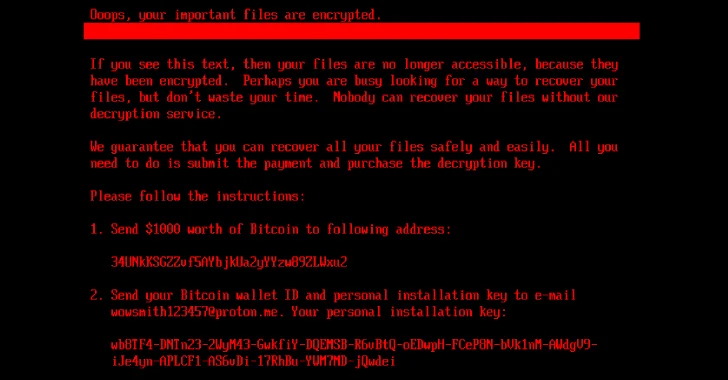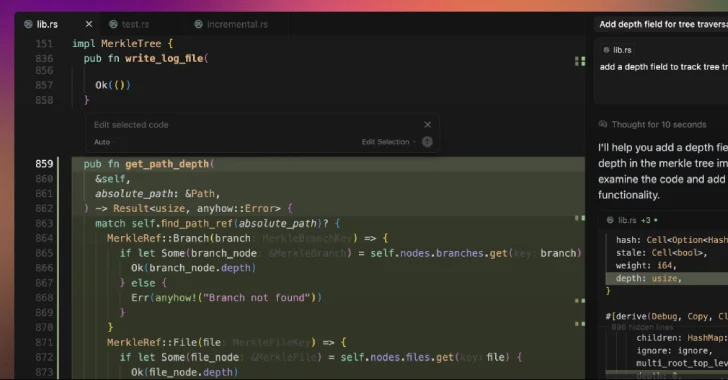The security landscape for cloud-native applications is undergoing a profound transformation. Containers, Kubernetes, and serverless technologies are now the default for modern enterprises, accelerating delivery but also expanding the attack surface in ways traditional security models can’t keep up with.
As adoption grows, so does complexity. Security teams are asked to monitor sprawling hybrid environments, sift through thousands of alerts, and protect dynamic applications that evolve multiple times per day. The question isn’t just how to detect risks earlier — it’s how to prioritize and respond to what really matters in real time.
That’s where cloud-native application protection platforms (CNAPPs) come into play. These platforms consolidate visibility, compliance, detection, and response into a unified system. But in 2025, one capability is proving indispensable: runtime visibility.
The New Center of Gravity: Runtime
For years, cloud security has leaned heavily on preventative controls like code scanning, configuration checks, and compliance enforcement. While essential, these measures provide only part of the picture. They identify theoretical risks, but not whether those risks are active and exploitable in production.
Runtime visibility fills that gap. By observing what workloads are actually running — and how they behave — security teams gain the highest fidelity signal for prioritizing threats. Runtime context answers critical questions:
- Is this vulnerability reachable in a live workload?
- Is this misconfiguration creating a real attack path?
- Is this workload being exploited right now?
Without runtime, organizations risk chasing false positives while attackers exploit real weaknesses. With runtime, teams can focus on fixing the issues that matter most, reducing both noise and exposure.
From Prevention to Prioritization
Modern enterprises face an avalanche of alerts across vulnerability scanners, cloud posture tools, and application security platforms. The volume isn’t just overwhelming — it’s unsustainable. Analysts often spend more time triaging alerts than actually fixing problems. To be effective, organizations must map vulnerabilities and misconfigurations to:
- The workloads that are actively running.
- The business applications they support.
- The teams responsible for fixing them.
This alignment is critical for bridging the gap between security and development. Developers often see security findings as disruptive, low-context interruptions. Security teams, meanwhile, lack the visibility into ownership and accountability that’s needed to drive remediation.
By grounding prioritization in runtime insights, enterprises can ensure that the right teams fix the right problems at the right time.
The Role of AI in Cloud Security
Even with better prioritization, the sheer scale and complexity of cloud environments challenge human teams. This is where artificial intelligence is beginning to reshape the CNAPP landscape.
AI can help by:
- Correlating signals across domains. Seemingly unrelated events in logs, network traffic, and workload behavior can reveal emerging attack campaigns.
- Reducing false positives. Pattern recognition and large language models can identify which alerts are truly actionable.
- Accelerating response. Automated reasoning can suggest remediation steps or even take action in low-risk scenarios.
At Sysdig, we’ve seen how AI can serve as a force multiplier for security teams. Our own AI security analyst, Sysdig Sage™, uses multi-step reasoning to analyze complex attack patterns and surface insights that traditional tools miss. For overburdened security operations centers (SOCs), this means faster detection and shorter mean time to resolution (MTTR).
The takeaway: AI isn’t replacing security teams, but it is reshaping how they operate — by filtering noise, enriching context, and enabling smarter, faster decisions.
Accountability and Collaboration
Another challenge enterprises face is accountability. Security findings are only valuable if they reach the right owner with the right context. Yet in many organizations, vulnerabilities are reported without clarity about which team should fix them.
This is why mapping findings back to code artifacts, ownership, and deployment context is critical. It ensures that vulnerabilities discovered in production can be traced back to the team that introduced them. Security becomes a shared responsibility, not a siloed burden.
Partnerships and integrations play a key role here. For example, Sysdig’s collaboration with Semgrep enables organizations to connect runtime vulnerabilities to their originating source code, reducing the back-and-forth between teams and streamlining remediation.
Why Consolidation Is Inevitable
Enterprises have long relied on best-of-breed security tools. But in the cloud, fragmentation becomes a liability. Multiple point products generate duplicate findings, lack shared context, and increase operational overhead.
CNAPP represents the next stage of consolidation. By unifying vulnerability management, posture assessment, threat detection, and incident response into a single platform, organizations can:
- Eliminate silos.
- Reduce tool sprawl.
- Gain a single source of truth for cloud risk.
And most importantly, they can tie everything back to runtime, ensuring that real-world threats are never lost in the noise.
Preparing for What’s Next
The rise of containers and cloud-native applications shows no sign of slowing. In fact, by the end of the decade, containers are expected to power half of all enterprise applications. With this growth comes pressure for security teams to adopt strategies that scale, simplify, and automate.
The future of cloud security will be defined by three priorities:
- Runtime-powered visibility to cut through noise and focus on real risk.
- AI-driven assistance to help teams triage, prioritize, and respond at machine speed.
- Unified platforms that consolidate fragmented tools into a single, contextual view of cloud risk.
Enterprises that embrace this model will be positioned to move faster, reduce exposure, and stay ahead of attackers. Those who cling to disconnected tools and reactive processes will find themselves increasingly outpaced.
Secure What Matters, When It Matters
The cloud has redefined how businesses build and run applications. It’s now redefining how they must secure them. Runtime visibility, AI-driven prioritization, and unified platforms are no longer optional — they’re essential.
At Sysdig, we believe the future of cloud security is rooted in real-time context and collaboration. By focusing on what’s actively happening in production, organizations can align security and development, reduce false positives, and respond to threats with confidence.
The message is clear: stop chasing every alert and start focusing on what matters most.
To explore these trends in greater depth, download the full 2025 Gartner® Market Guide for Cloud-Native Application Protection Platforms.
Found this article interesting?
This article is a contributed piece from one of our valued partners. Follow us on
Google News,
Twitter and
LinkedIn to read more exclusive content we post.
























